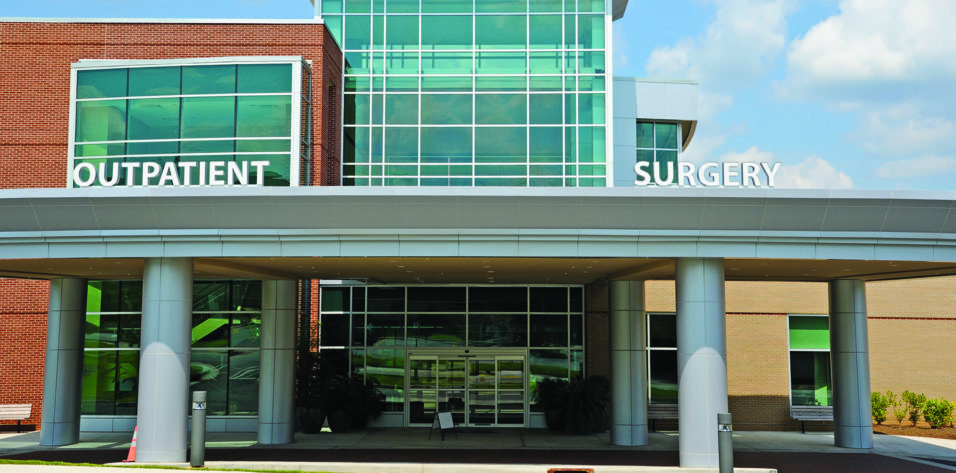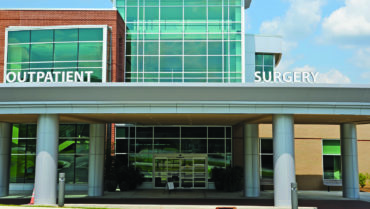


We are often asked whether owning or investing in an ambulatory surgery center (ASC) makes financial sense. Unfortunately, there is no straightforward answer to this question. This article provides guidance on the decision-making process.
Certificate of Need
In the United States, 35 states have Certificate of Need (CON) laws, which require an entity seeking to develop a health care service to prove to a governing body that the designated area needs the designated health care service. CON laws vary greatly. For example, some states require a CON for hospital beds but not for an ASC, others require a CON only for ASCs with more than one OR, and still others require a CON for hospital beds, imaging services, and all ASCs. If you are interested in opening an ASC, your first step is to contact an experienced health care attorney in your state or an ASC medical consultant who has experience in your state to determine your state’s relevant CON requirements. A CON law does not mean you cannot develop an ASC; it means you may have to jump through some regulatory hoops first.
Case Volume and Other Factors
The second point to consider is case volume. The first question consultants are asked is typically, “How many cataracts do I need to do to open my own ASC?” These factors must be considered when answering the question:
- Case volume;
- Cost of construction;
- Cost of land;
- Cost of equipment (leased vs purchased);
- Cost of capital/financing cost;
- Labor market;
- Access to management expertise and cost;
- Continuity of cases and referral sources;
- Access to managed care and insurance contracts/payor mix;
- Number of ORs;
- Cost of anesthesia;
- Cataract case mix/advanced technology IOLs; and
- Competitive landscape.
Traditionally, the magic number for some level of profitability in an ASC is approximately 1,000 cataract cases per year (this excludes lasers). During the current pandemic, however, construction, labor, and supply costs have skyrocketed, and construction, permitting, and credentialing delays have dramatically lengthened the time from planning to opening day. Nowadays, if you obtain a construction loan based on an 18-month proforma, it may take 24 months from groundbreaking to the first day of surgery—and on the first day of surgery, you may not be credentialed with all payors.
Construction costs have also changed. Only a few years ago, we estimated approximately $400 per square foot for construction (not including land cost). Now, that number is easily more than $500 per square foot.
Using outdated metrics can be a serious mistake.
Chart a Course for Success
Hiring experts to develop a business plan and following that plan can help you avoid financial mistakes when opening or investing in an ASC. There is no single path to the top of the mountain. Opening an ASC or investing in an existing ASC may be one of the best decisions of your professional life, but it requires determining what fits your goals and current situation.
Solo ownership of an ASC may not be for you. Instead, you may need to partner with like-minded competitors in the market to have the volume of procedures necessary for an ASC to generate the desired partner distributions through economies of scale. The facility can be neutrally branded and located in a mutually convenient location. Alternatively, you may wish to partner with practitioners from other specialties that are compatible with ophthalmology such as ear, nose, and throat or pain medicine.
A detailed business plan is the key to success. Consider the worst-case scenario, particularly regarding cataract case volume. Practices that depend on patients who are comanaged by external, independent optometrists are at the highest risk of a significant decrease in referral volume because of market consolidation from private equity acquisitions. In some highly competitive markets, we’ve seen more than 50% of a surgeon’s optometric referral base disappear in 6 months owing to market consolidation.
Long-Term Value Considerations
The long-term value of your investment is realized when you sell your ownership in the ASC to junior partners in the practice, other surgeons in the community, or a third party such as a private equity partner. Historically, the purchase multiples of ASCs are much higher than ophthalmic practices, particularly with private equity transactions. Practices with an associated ASC tend to be valued at a much higher multiple than those without an ASC.
From a recruitment perspective, a practice with an ASC may be more attractive to young surgeons.
Keep an Eye on the Numbers
Once you have decided to open or invest in an ASC, keep an eye on the numbers. Case volume and annual partnership distributions are important, and certain indicators drive long-term success.
Staffing costs. Every ASC should have a competent director of nursing and charge nurse. The director of nursing ensures that every shift is staffed appropriately, and the charge nurse ensures that everyone is active and efficient. In a busy ASC, nobody should be standing around doing nothing. There is always something to do—supplies to be stocked, charts to complete, postoperative kits to prepare, you name it. These two employees are key to controlling staff costs.
Use of block time. Established surgeons are often allotted block times, but these may not be used efficiently. Seniority is not a reason for block time. Block times are for the busiest and most productive surgeons. The director of nursing and the medical director must manage the surgical schedule properly.
Case cost. This can make or break a cataract ASC. For a facility where 3,000 surgeries are performed each year, a difference of $150 in cataract case cost per case is $450,000 in profits. Standardization of cataract packs, balanced salt solution, and IOLs, along with tough vendor negotiations are worth the headache.
Negotiation of service agreements. Virtually every piece of equipment in an ASC is purchased or leased with a service agreement. The costs of the service agreements are staggering. In our experience, vendors tend to have some leeway when negotiating the costs of these agreements.
Don’t forget the balance sheet. Partner surgeons often call us to ask how their ASC distributions look each quarter or how the earnings before interest, taxes, and amortization are looking for the year. These are great questions, but the balance sheet provides a picture of the business’s long-term health.
It is also wise to keep an eye on the current liquidity ratio and solvency. The current liquidity ratio is calculated by dividing the current assets by the current liabilities (target ratio: 1.0; desired ratio: ≥ 2.0). Solvency is the debt-to-equity ratio. It is calculated by dividing total liabilities by total equity (target ratio: < 3; desired ratio: ≤ 1.5).




